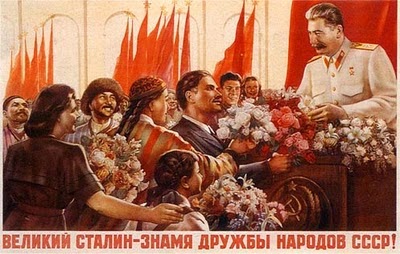Books;
Abbeydale Press, 2001, Handbook of Word War II, An Illustrated Chronicle of The Struggle for Victory
Aston, M. Thames and Hudson, The Panorama of the Renaissance
Campbell, A. ILEX, 2012, Inspirational post cards for hard times. We Can Do It!
Claibourne, R. and the Editors of Time-Life books, The Emergence of Man. The Birth of Writing
Kynaston, D. 2007, Austerity Britain
Kynaston, D. 2009, Family Britain 1951-57
Malpas, J. 1997, Movements In Modern Art, Realism.
Milena Magnano, 2012, Leonardo, Prestel
Murray, P & L. The Art of the Renaissance
Orminston, R.Foreword by Gary Sheffield. First World War Posters
Osterwold, T. Taschen, 2007, Pop Art
Phaidon, 1997, The Photo Book
Phaidon Press Limited, 2007, Raphael
Spike, J.T. 2012, Young Michelangelo
Timmers, M. The Power of the Poster
The institution of Arts. Citezens and Kings, Portraits in the age of revolution 1760-1830
Websites;
http://www.bbc.co.uk/photography/genius/gallery/lange.shtml
http://www.allworldwars.com/Crimean-War-Photographs-by-Roger-Fenton-1855.html
http://www.bl.uk/onlinegallery/sacredtexts/lindisfarne.html
http://www.britannica.com/EBchecked/media/4224/Interlace-patterns-of-the-initial-page-of-the-Gospel-According?topicId=341885
http://www.eccentricbliss.com/tag/book-of-kells/
http://www.missgien.net/celtic/art.html
http://english.islammessage.com/ArticleDetails.aspx?articleId=1075
http://www.metmuseum.org/toah/hd/leon/hd_leon.htm
http://saintpetersbasilica.org/Altars/Pieta/Pieta.htm
http://www.rome.info/michelangelo/pieta/
http://smarthistory.khanacademy.org/Michelangelo-David.html
http://baroqueart.tumblr.com/
http://www.britannica.com/EBchecked/topic/53809/Baroque-period
http://www.absolutefacts.com/arts/baroque-period/rembrandt.htm
http://wadingacross.wordpress.com/islam/quranic-troubles/
http://artnouveaustyle.tumblr.com/archive
http://blog.the-dot.co.uk/design/soviet-russia-propaganda-posters/
http://www.all-about-photo.com/photographer.php?name=Chris%20Killip&id=264&popupimage=4
Videos:
https://www.youtube.com/watch?v=keCUMHhsvUQ&feature=player_embedded&noredirect=1
https://www.youtube.com/watch?v=O34YVQsFiWY
https://www.youtube.com/watch?v=keCUMHhsvUQ&feature=player_embedded
http://www.bbc.co.uk/iplayer/episode/b03pn6xz/Italy_Unpacked_Series_2_In_the_Footsteps_of_the_Poets/
http://www.youtube.com/watch?v=wRHNOtYRTH4
http://www.youtube.com/watch?v=-8ChAfzWaYg
https://www.youtube.com/watch?v=-oXAekrYytA
















































